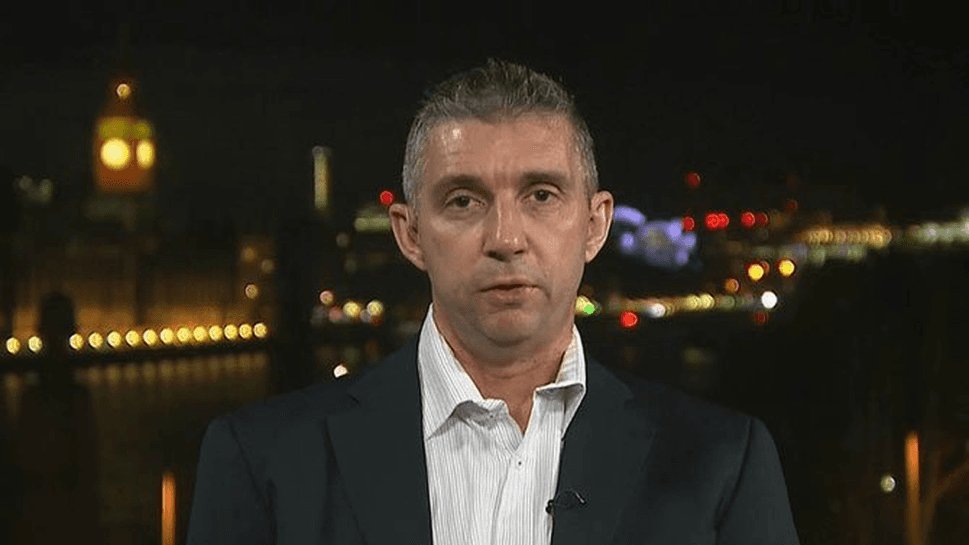If you survey 100 enterprise software startup founders on what they would consider the most challenging aspect of growing their business, 95 of them would probably say an excessively long sales cycle. Farel is certainly part of that overwhelming majority. Our industry (airlines) is notoriously fickle and sluggish in regards to adopting new ideas and innovation. The typical airline sales cycle (from initial contact to contract close) is around 12-18 months. And while the pandemic forced many airlines to temporarily ground, over 100 new airlines were launched with new routes and optimism.
Selling into such a moated industry with no finished product, not even a demo presented a lot of challenges. So with an understanding that business comes first, the first person to join Farel had experience in early-stage custdev and within a few months helped validate the idea and gather enough requirements for the direction of the product. During the height of the pandemic, we logged over 200 Zoom hours from industry professionals who generously accepted cold, Linkedin outreach and put time on their calendars. In parallel, I began assembling the product and engineering teams to begin development. Software, especially for mission-critical applications, cannot be hastily shipped or have corners cut. Realizing that it would take at least a year to develop the first version, we decided to engage with the market anyways and “sell” what we have.
Selling air to the airlines
So what did we have? We had a vision and in that sense, we began selling “air.” A majority of our early conversations revolved around where the industry was headed, driving trends, and how software, much like when applied to other legacy industries like logistics and manufacturing, could unlock powerful new growth opportunities. Based on our cumulative experience in the industry and validated by numerous insights and benchmarks collected during our early custdev convos, we packaged this “future” into a presentation. We started first with our own professional network. With over a decade of working in the space, we were already connected to a dozen airlines.
The pandemic affected different markets in different ways. While the US and Europe experienced a steep drop in passengers, other markets like Russia and Kazakhstan saw a boost in domestic travel, with some even hitting pre-COVID levels of passengers flown. So our focus shifted to these markets that were open for business. With each airline “no” we refined our pitch. When we began connecting to airlines out of our network, we relied heavily on referrals and Linkedin cold outreach. You’d be amazed how open people can be with the right message and tone. Most airlines didn’t want to chat for a multitude of reasons. We continually refined our outreach messaging and segmentation. For the airlines that were open to chatting, we dived very deep into their pain points. Soon, evident patterns began to emerge.
We articulated these patterns into specific functionalities of the Farel system:
Automation: A lot of airlines are simply drowning in the volume of manual labor for routine tasks. The simplest example is refunds which can be painstakingly laborious and thus costly.
Data-Driven Decision-Making: Airlines, especially smaller ones, largely base their decision-making on employee anecdotes or outdated benchmarks. Further, they are often at the mercy of their vendors. Bottomline, real-time data is something of a rarity in the space and the inability to plan and react based on data is an increasingly burdensome position.
Retailing: In the future, it’s not enough to sell a seat from point A to point B. Airlines must be able to additionally sell services and products (ancillaries) at the time of booking, before departure, during the flight, and even upon arrival. Once a passenger is boarded, the airlines have a captive audience for the duration of the flight. The ability to offer much more than just a sandwich is a missed opportunity.
An industry as (hyperbolically) old as time
Such patterns aren’t unique to the airline industry. Many other industries have gone and are going through seismic transformations. Consider the banking sector 10-15 years ago as an example. Purposeful investments in new technologies have allowed banks to not only become product-led businesses that can hyper-personalize their offerings but also iterate more nimbly to changing consumer trends. Banks now are analyzing volumes of existing customer data to better understand their customers and meet them where they are - on their smartphones. Mobile banking has exploded in the past 5 years and will only continue to do so with even more innovative experiences. This is a great case study for the airline industry as well.
It’s never too early to chat with the market
Most of our outreach efforts are met with either “when you guys have a product, come by then” or “you guys are too early to engage the market, focus on building product first.” We respectfully disagree with both statements. Finding product-market fit relies on continuous conversations with customers and potential customers as much as possible. And the process of converting a conversation from a “no” into a “yes” has become a worthy challenge, a non-computer system that needs to be hacked. For the minority, the possibility of co-innovation is still highly attractive. We recently had a great conversation with the CEO of a Mexican airline that understood where the industry is headed and expressed a strong interest in cooperation. Yet, even if companies agree to cooperate there’s still a long way to go before closing (negotiations, legal, compliance, etc.).
Gathering insights from airlines, OTAs, industry bodies, and experts gives us increased product depth, breadth and interactive cadence. We can now demo a working prototype with an airline, gather feedback, and two weeks later incorporate that feedback into an improved version. Additionally, our sales motion has refined over time. We understand that airline COOs and CFOs tend to focus on the cost benefits of our platform. CIO and IT executives tend to get more into the technical weeds. CEOs are more focused on revenue generation. Communicating with prospective customers is an exercise in timing and the earlier the outreach the warmer the leads become.
Another critical part of our sales is finding an internal champion within a company. This person can wield extraordinary influence and/or be a gatekeeper. And certainly this doesn’t always have to be upper management. Simply asking “Who might also be interested in seeing our product” can open unseen doors and keep the conversation alive. For Farel, we’ve developed some great internal partners with previous backgrounds in software and IT. This heightens the understanding of our system and dive deeper into an airline's needs.
The future of air travel is brighter than ever & lessons learned
Fast-forward to now (August 2021), we have 10 committed partner airlines that are actively involved in our product development, testing, and providing valuable user feedback. Our working framework is such: we demo application layouts or ready-made modules and give user access. The airline tests and provides feedback. We then circle back and discuss that feedback and incorporate that into the next iteration. We send updates every 6 weeks and track our improvements so progress is visible and shared. We also disseminate product updates with prospective customers to nurture warm leads and keep the channel open for potential future cooperation.
The pandemic opened more doors than it closed both in the short-term and in the long-term. As travel roars back, airlines are now more than ever seeking to upgrade their legacy systems and better adapt to customer needs.
Taking a step back, I’d like to share three key takeaways from our experience selling “air” and building a world-class product:
Early-stage enterprise sales is hard but not impossibly so. Engaging with the market fast and early built a strong base for future engagement. And while it may seem like you’re selling “air” what you’re really doing is getting a clearer picture of your customer’s problems and the industry landscape.
No such thing as a closed door. During your process, there will be significantly more “No” and “Yes”. Developing thick skin and handling objections are great skills to develop. But more broadly, don’t internalize every “no” as irrevocably consequential. Either find a different way into the conversation or table and revisit later. Keep moving forward.
Communicate to existing AND potential customers. We regularly share our roadmap with our existing partners. However, we developed a separate communication for those airlines who didn’t agree to cooperate just yet. We keep this door open intentionally and welcome such feedback as well.
I could share more about our experience but I’ll save that for the next post. In the meantime feel free to follow our stories and updates on our LinkedIn page.
With best regards,
The entire Farel team.
Share




